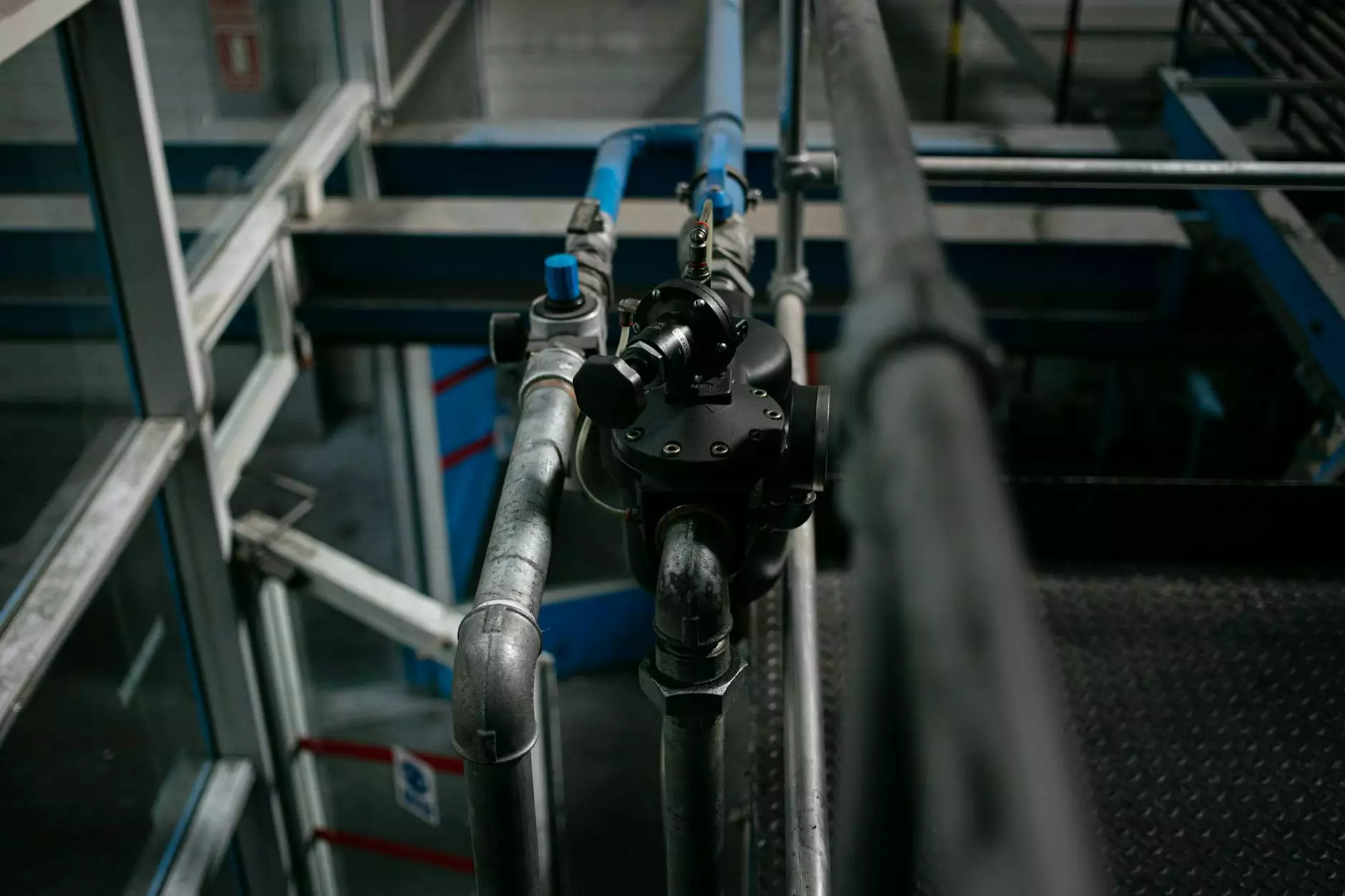Understanding Wheat Storage: A Comprehensive Guide for Farmers and Investors

The agriculture sector plays a crucial role in sustaining economies and feeding billions around the globe. Among various crops, wheat stands out as a staple food, making effective wheat storage paramount. In this article, we will delve deep into the intricacies of wheat storage, highlighting best practices, innovative strategies, and advanced technologies that ensure optimal grain preservation.
The Importance of Wheat Storage
Effective wheat storage is critical for several reasons:
- Quality Maintenance: Proper storage helps maintain the nutritional quality and taste of wheat.
- Economic Benefit: It allows farmers to wait for favorable market conditions before selling their produce, maximizing profits.
- Pest Control: Efficient storage systems can help reduce the risk of pest infestations that can devastate crops.
- Reduction of Loss: By minimizing spoilage and waste, effective storage dramatically reduces overall losses.
Optimal Conditions for Wheat Storage
To ensure that wheat retains its quality during storage, certain conditions must be maintained:
1. Temperature Control
The ideal temperature for storing wheat is between 40°F to 60°F. Higher temperatures can lead to accelerated deterioration. Always monitor the internal temperatures of storage facilities and use cooling systems where necessary.
2. Humidity Levels
Humidity plays a significant role in wheat storage. The moisture content of stored wheat should ideally be below 14%. High humidity allows mold and insects to thrive, greatly diminishing grain quality.
3. Aeration
Good aeration practices are crucial in preventing moisture buildup. Use aeration systems to circulate air and maintain uniform conditions throughout the stored grain.
4. Cleanliness
A clean storage environment is vital. Ensure that the storage area is free from pests, dirt, and leftover grain from previous storage periods, as these can introduce pathogens.
Types of Wheat Storage Solutions
There are various methods and facilities for storing wheat, each with its advantages and disadvantages:
1. Silos
These tall, cylindrical structures are designed to hold large quantities of grain. Silos are efficient for maintaining desired temperature and humidity levels. Advanced silos may include temperature monitoring systems and automated aeration controls.
2. Bins
Similar to silos but typically shorter and used for smaller quantities of wheat. Bins can be made from various materials, including steel and reinforced concrete.
3. Warehouses
Large warehouses can be an effective storage solution, allowing farmers to store multiple crops together while maintaining quality. Palletized systems can also aid in easy access and inventory management.
4. Bags
A cost-effective solution for smaller farms, wheat can be stored in specially designed grain bags that offer protection from pests and weather.
Best Practices for Wheat Storage
To maximize the shelf-life and quality of wheat, consider implementing the following best practices:
- Regular Monitoring: Establish a routine for checking the condition of stored wheat, including temperature, humidity, and signs of infestation.
- Use Proper Handling Techniques: Minimize physical damage to grains during handling, which can lead to increased susceptibility to spoilage.
- Implement a Rotation System: Follow a 'first in, first out' policy to ensure older stocks are used before newer ones.
- Consult with Experts: Engage with agricultural extension services or specialists who can provide tailored advice specific to your regional conditions.
Understanding the Role of Technology in Wheat Storage
Advancements in technology have revolutionized wheat storage strategies, introducing greater efficiency and effectiveness:
1. Smart Sensors and IoT
Integrating smart sensors can vastly improve monitoring processes. By employing the Internet of Things (IoT), farmers can track temperature, humidity, and even grain movement in real time, allowing for immediate action to be taken in unfavorable situations.
2. Automated Storage and Retrieval Systems
These systems enhance operational efficiency, particularly in large warehouses. They can significantly reduce human error and increase the speed of operations.
3. Data Analytics
Data-driven strategies are now essential. Analyzing historical data on storage conditions can lead to better predictions and decisions regarding storage practices and market trends.
Environmental Considerations in Wheat Storage
In today's world, environmental sustainability must be a priority. Here are some considerations:
- Use of Renewable Energy: Look into solar panels or other renewable energy solutions to power storage facilities.
- Minimizing Waste: Implement recycling systems for packaging and materials used in storage.
- Adopting Eco-Friendly Practices: Employ natural pest control methods to limit chemical use.
Challenges in Wheat Storage and How to Overcome Them
Despite all efforts, several challenges arise in the wheat storage process:
1. Pest Infestations
Pests such as weevils and moths can compromise the quality of wheat. To combat this, it’s vital to regularly inspect stored grains and implement strict cleanliness measures.
2. Mold and Spoilage
With high humidity levels, mildews can grow, leading to spoilage. Using desiccants or installing dehumidifiers can help control moisture levels effectively.
3. Financial Constraints
Not all farms have the budget for advanced storage technologies. Small-scale farmers should focus on finding affordable yet effective storage solutions, such as community grain storage facilities.
The Economic Impact of Efficient Wheat Storage
Efficient wheat storage strategies not only benefit individual farmers but also contribute significantly to local and national economies:
- Stabilizing Prices: Reducing supply fluctuations ensures more stable prices in the market.
- Creating Jobs: Storage facilities require staff for monitoring and maintenance, creating job opportunities.
- Enhancing Food Security: Proper storage of surplus crops ensures that communities have access to food during lean seasons.
Conclusion
Investing in quality wheat storage solutions is vital for securing both the quality of the product and the economic viability of farmers. By understanding the optimal conditions, best practices, and innovative technologies available, farmers can ensure that their wheat is preserved in peak condition until it reaches the market. With the right strategies in place, the agriculture sector can thrive, feeding populations while bolstering economic stability.
For further assistance on farm equipment repair or efficient farming equipment, feel free to visit tsgcinc.com for expert solutions tailored to your needs.









